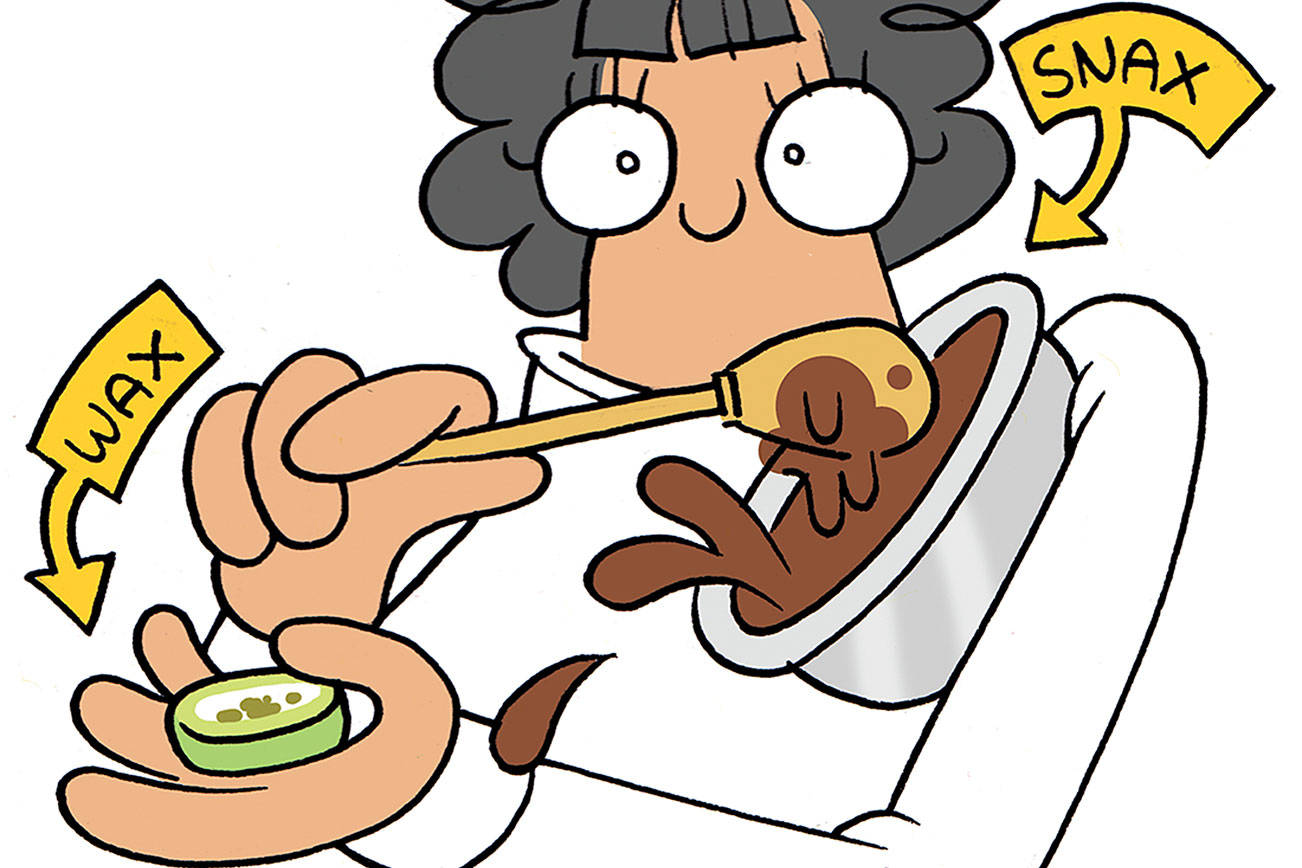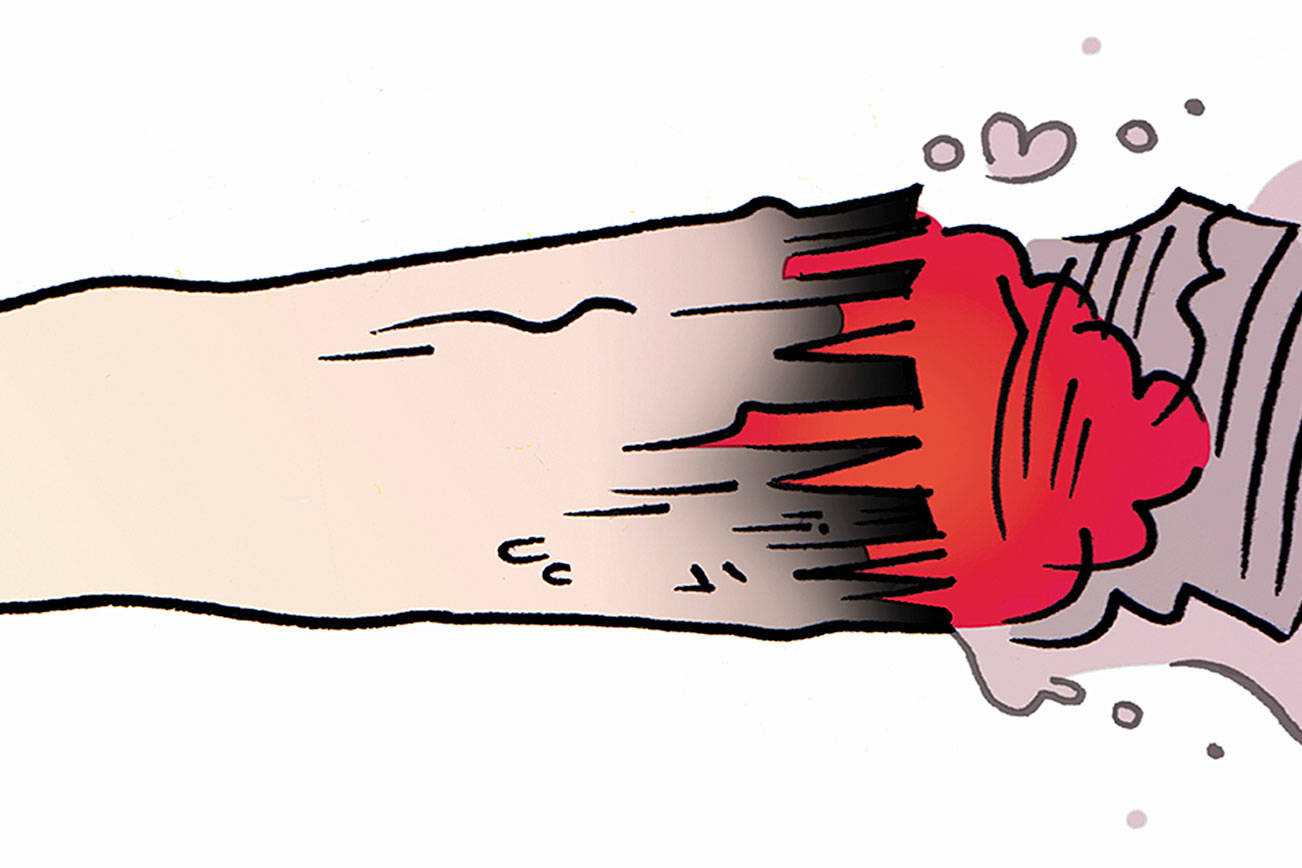I don’t know about you, but during our latest #snowpocalypse, I stayed inside and cooked. A lot. And of course I whipped up a batch of pot brownies using my tried-and-true method—simmering ground-up dried flower in butter for hours. Then I got a letter from Sher, who was wondering: When cooking with resins, waxes, shatters, and other concentrates, do they still need to go through decarboxylation?
Cooking with resins? Are people doing that? Apparently I was out of the loop, so I did some investigating.
First off, yes, of course you can cook with concentrates, and the benefits are numerous. It’s super-easy to mix them into fats like butter, ghee, or oil. In fact, you don’t even have to use fats at all—you can mix concentrates directly into your edibles. You can also throw a drink in a blender with your concentrate, and it will emulsify. You don’t have to strain out plant material. And depending on the type of concentrate you’re using, you might not even have any cannabis flavor in your food to work around.
Just as with flower, getting the dosing right can be a little tricky, but it all comes down to math (Terravida has an excellent breakdown online of how to figure out dosages based on the strength of your concentrate). Also just as with flower, it turns out that yes, many concentrates need to go through decarboxylation before you eat them. Decarbing, sometimes called “activation,” is the one step cannabis must undergo before it will do what you want it to, whether the effects are coming from THC or CBD. When you smoke flower or dab wax, that process happens instantly, but when you eat it, you need to make sure the cannabis is exposed directly to heat before you cook with it.
For concentrates, you’ll need to do a small amount of research before you begin. If the concentrate has been exposed to heat during the extraction process, like a rosin press that uses heat, RSO, and many distillates, you will be able to skip this step. If your concentrate comes in a plastic container like a syringe, you will need to transfer it to a silicone or glass container because the plastic will melt, or off-gas, and neither is good. You can also grab a square piece of wax paper, fold up the four sides to make a cup, and put your concentrate in that. Place your container in a frying pan, a double boiler, or an oven you can see into clearly, and heat your concentrate, watching it closely. It’s better to keep the heat low and go slow to save the terpenes. At some point it will start to bubble, with the bubbles appearing more rapidly, then slowing. Generally, this will take about five to 10 minutes in a pan. When the bubbles slow, take the concentrate off the heat. Let the bubbles completely stop before going to the next step.
Decarbing concentrates will cause them to thicken when they cool, which sometimes makes them even more challenging to work with. If you want to cook with your decarbed concentrate immediately, stir it into your fats while it’s still hot because it will be much easier to mix. Pro tip: You can also mix in oil like sunflower lecithin to help smooth and thin the concentrate, especially if you’re going to cook with it at another time. It will also promote the absorption of THC in the digestion process.
Once you’ve decarbed your concentrates and done your math for dosages, the sky is the limit.
stashbox@seattleweekly.com







